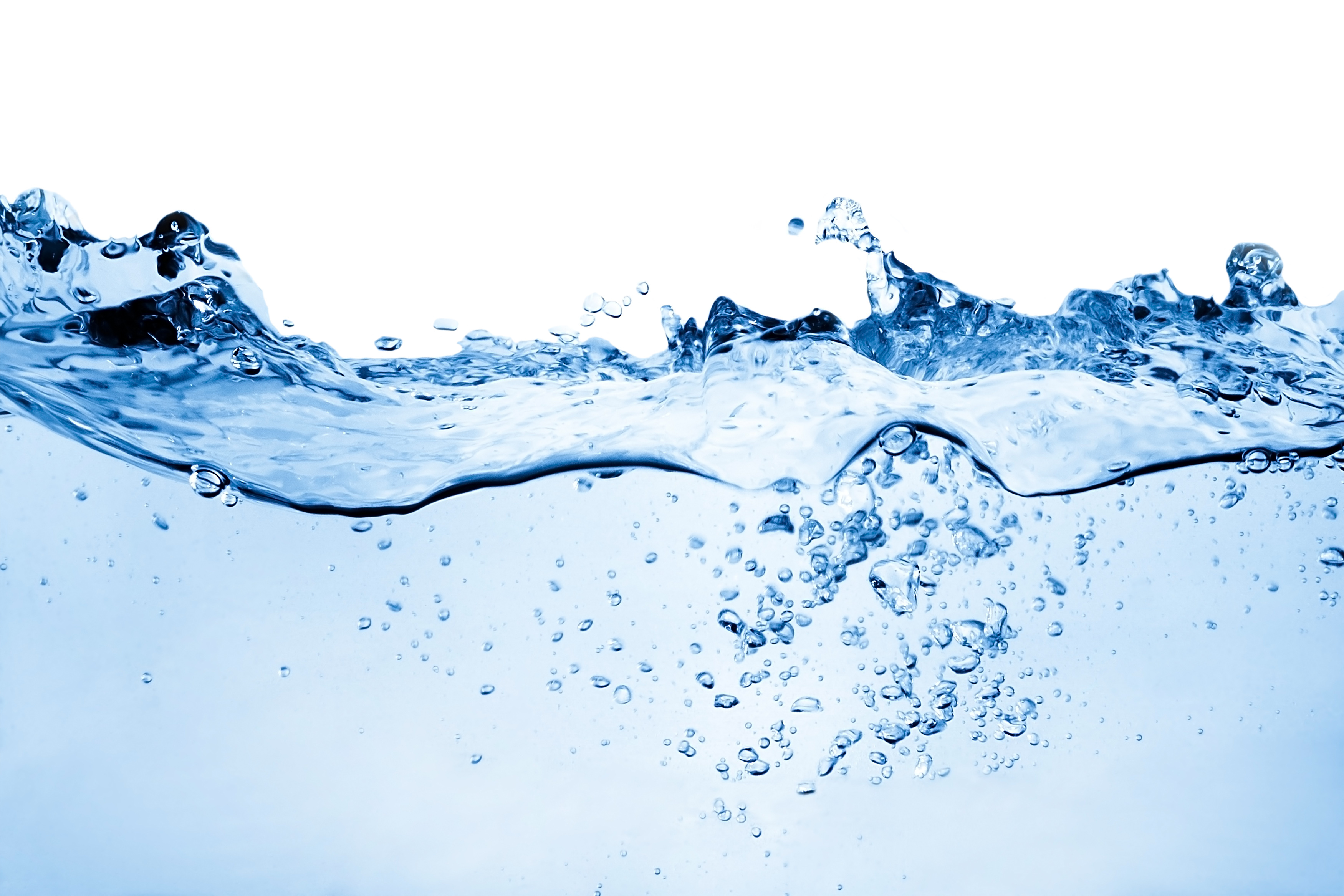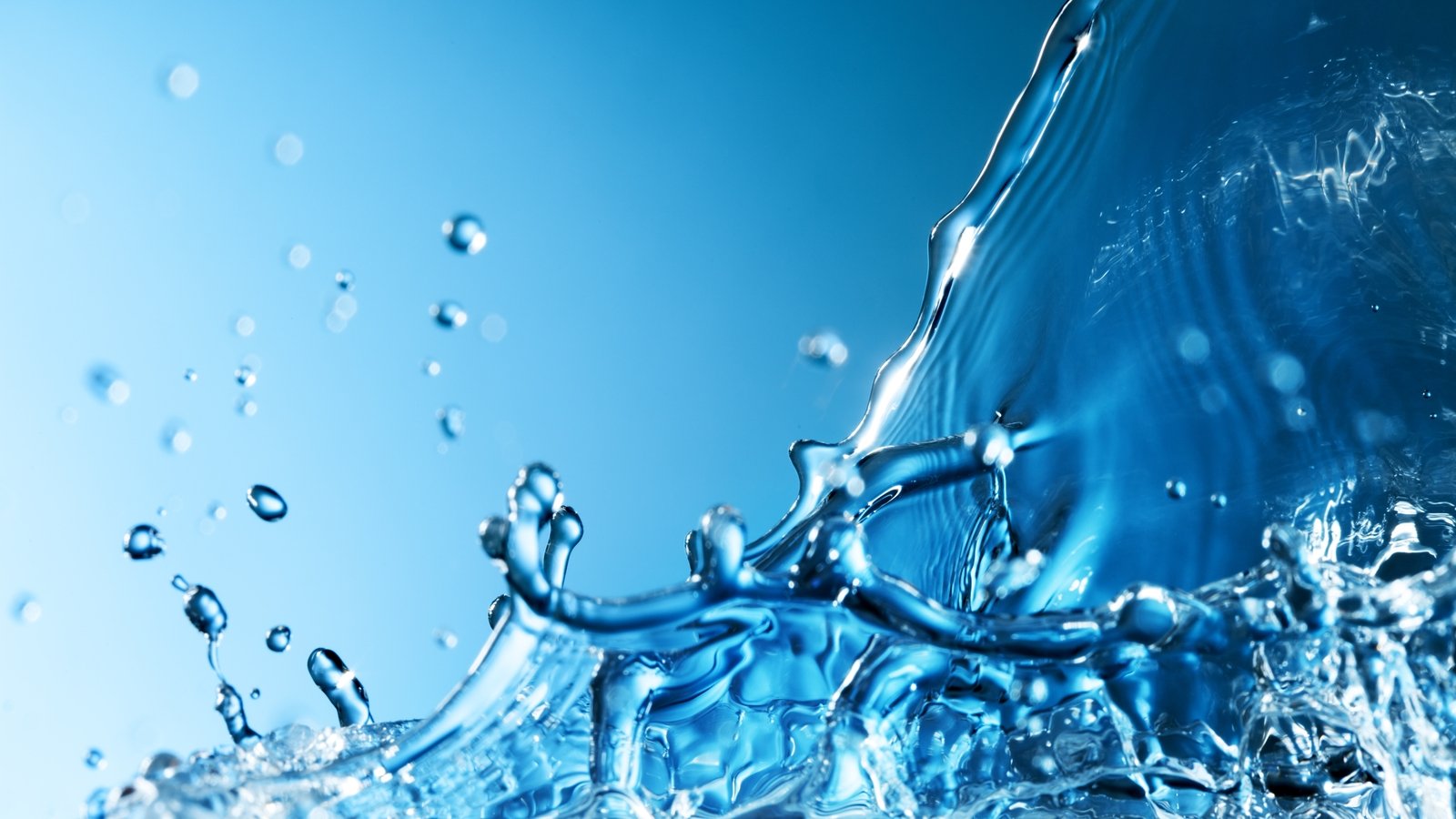Temperature control is crucial in various fields, including culinary arts, scientific research, and industrial applications. Water baths are one of the most effective and versatile methods for maintaining precise temperatures, offering advantages in consistency and control. This article explores the top five water bath techniques for achieving accurate temperature management, delving into their applications, benefits, and potential pitfalls.
1. Circulating Water Baths

Circulating water baths are designed to maintain a uniform temperature throughout the liquid by employing a pump to circulate water. This technique is particularly useful in laboratories and culinary settings where precise temperature control is paramount.
- Applications: Used in molecular biology for enzyme reactions, in chemistry for controlled reactions, and in culinary settings for sous vide cooking.
- Advantages: Eliminates temperature gradients, allowing for consistent and repeatable results.
- Considerations: Requires regular maintenance to ensure the pump functions correctly, and the water must be distilled to prevent mineral buildup.
For example, in sous vide cooking, chefs can use a circulating water bath to cook proteins evenly at a specific temperature for extended periods. This method ensures that the food is not overcooked and retains its moisture, resulting in tender and flavorful dishes.
2. Digital Water Baths

Digital water baths offer advanced features for temperature control, including digital displays, programmable settings, and alarms. These baths are ideal for both laboratory and culinary applications where precision is essential.
- Applications: Used in clinical laboratories for incubating samples, in research for chemical reactions, and in kitchens for controlled cooking processes.
- Advantages: Easy to set and monitor precise temperatures, often equipped with safety features to prevent overheating.
- Considerations: Generally more expensive than manual models; calibration may be necessary to ensure accuracy.
A notable example of a digital water bath’s application is in the preparation of gelatin desserts. By precisely controlling the temperature, chefs can achieve the perfect texture without compromising the dessert’s integrity.
3. Constant Temperature Water Baths

Constant temperature water baths are designed to maintain a steady temperature over prolonged periods. They are particularly useful in scenarios where temperature fluctuations can significantly impact outcomes.
- Applications: Commonly used in laboratories for long-term incubations and in culinary settings for processes that require precise heating.
- Advantages: Excellent for applications requiring stable conditions, such as protein crystallization or fermentation processes.
- Considerations: Initial setup costs can be higher, and they may require more energy to maintain temperature.
For instance, in scientific research, constant temperature water baths are vital for studying enzyme kinetics, as even slight temperature changes can alter reaction rates. Maintaining a constant environment ensures reliable data collection and analysis.
4. Ice Water Baths

Ice water baths are a simple yet effective method for achieving low temperatures, often used to rapidly cool samples or reactions. This technique is particularly beneficial in both laboratory and culinary practices.
- Applications: Used in laboratories for cooling chemical reactions and in culinary settings for chilling ingredients quickly.
- Advantages: Quick temperature reduction, simple to set up, and cost-effective.
- Considerations: Temperature may fluctuate as ice melts, requiring monitoring and adjustments.
A practical example of ice water baths can be seen in the preparation of chocolate ganache. By rapidly cooling the ganache in an ice water bath, chefs can achieve a glossy finish and prevent the mixture from becoming overly thick.
5. Oil Baths

Oil baths are employed in scenarios where higher temperatures are required beyond the boiling point of water. This technique is often used in organic chemistry and industrial applications.
- Applications: Ideal for reactions requiring temperatures above 100°C, such as in distillation or reflux processes.
- Advantages: High thermal conductivity, able to reach and maintain high temperatures efficiently.
- Considerations: Risk of fire if not monitored properly, and potential for chemical interactions with the oil.
For example, in organic synthesis, oil baths can facilitate reactions that demand sustained high temperatures, ensuring that reactants remain in a liquid state throughout the process, leading to higher yields and purities.
Comparative Analysis of Water Bath Techniques

When choosing a water bath technique, several factors should be considered, including application, desired temperature range, and budget. Here’s a comparative analysis:
| Technique | Temperature Range | Applications | Cost |
|---|---|---|---|
| Circulating Water Baths | 0°C – 100°C | Culinary & Lab | Moderate |
| Digital Water Baths | Room Temp – 100°C | Culinary & Lab | High |
| Constant Temperature Water Baths | Room Temp – 100°C | Lab | High |
| Ice Water Baths | 0°C | Culinary & Lab | Low |
| Oil Baths | Above 100°C | Lab | Moderate |
In conclusion, water bath techniques play a vital role in achieving precise temperature control across a range of applications. From circulating water baths that ensure uniform temperature distribution to oil baths that facilitate high-temperature reactions, each method offers unique advantages and considerations. By understanding these techniques and their appropriate applications, professionals in culinary, scientific, and industrial fields can enhance their processes, improve outcomes, and achieve greater consistency in their results.
Ultimately, the choice of water bath technique should be informed by the specific requirements of the task at hand, ensuring that temperature control is not just achieved but optimized for the best possible outcomes.




